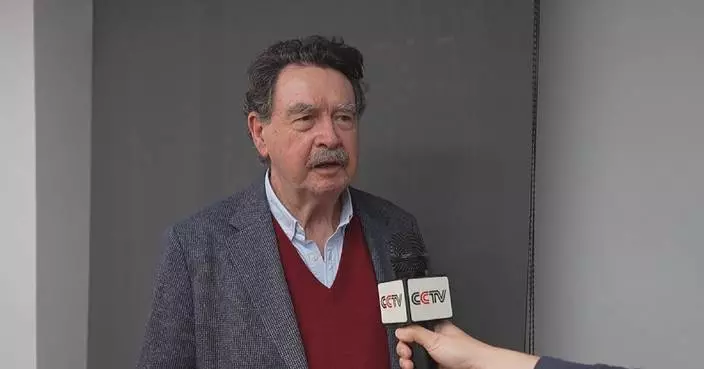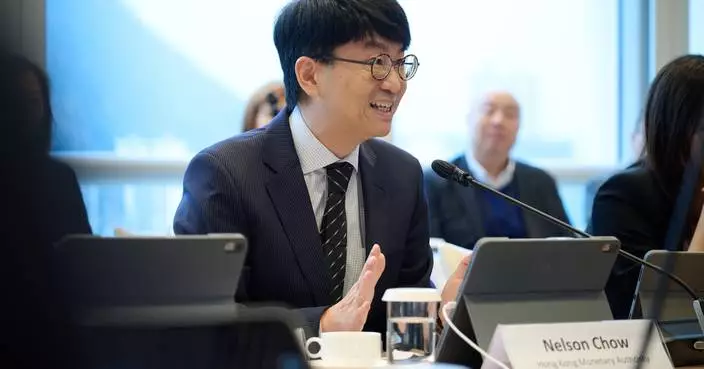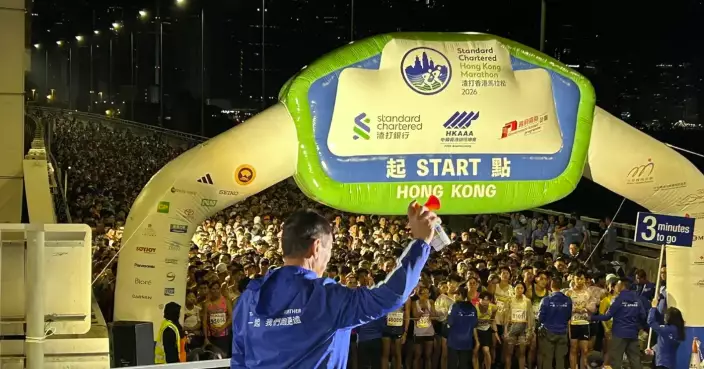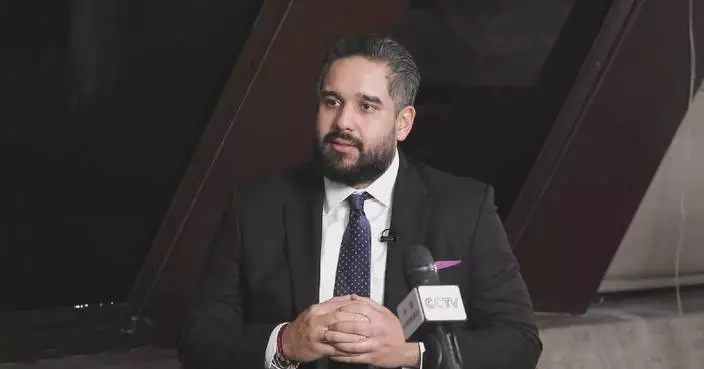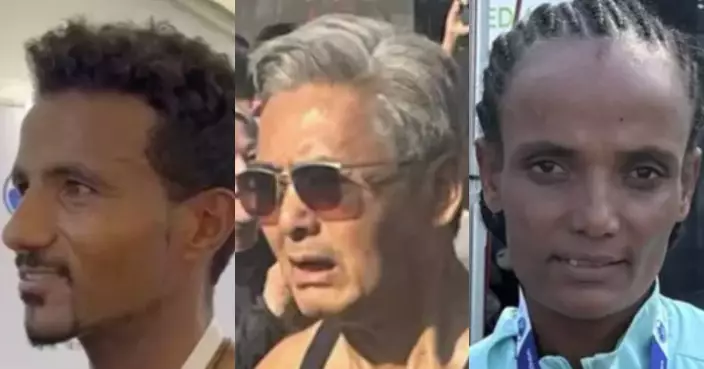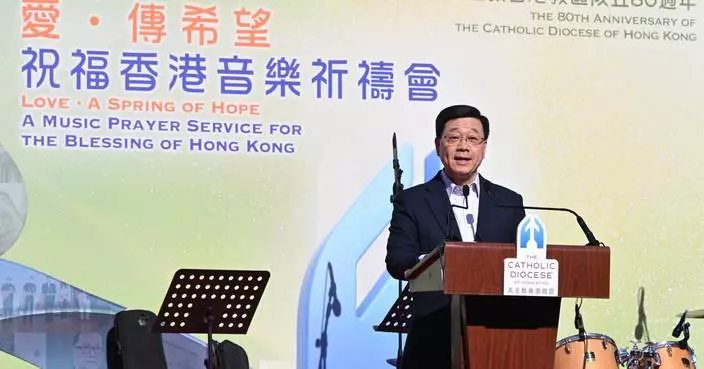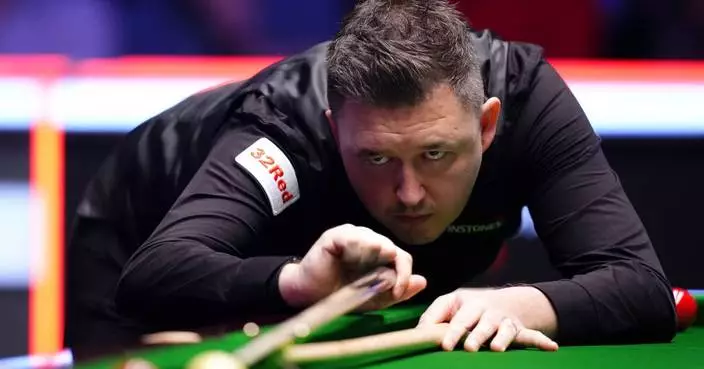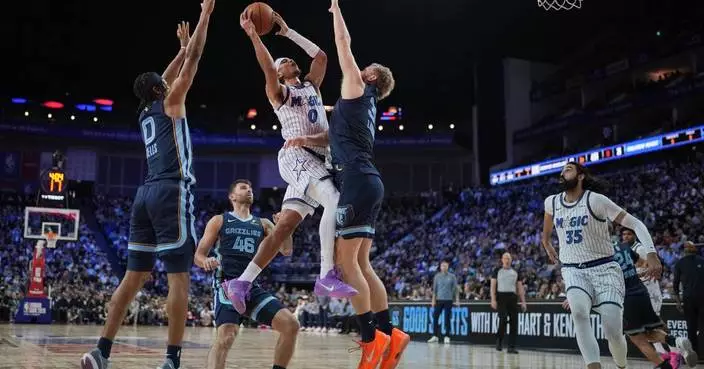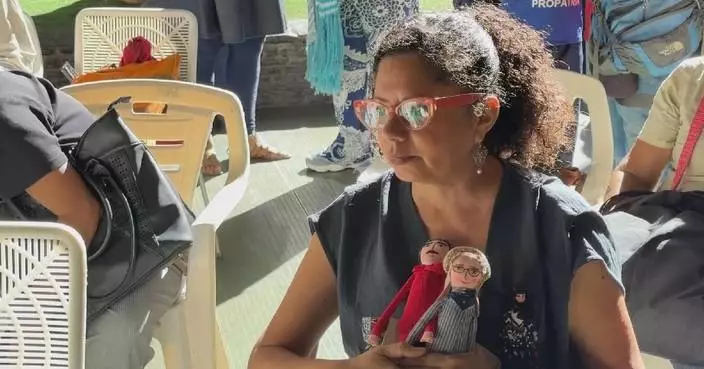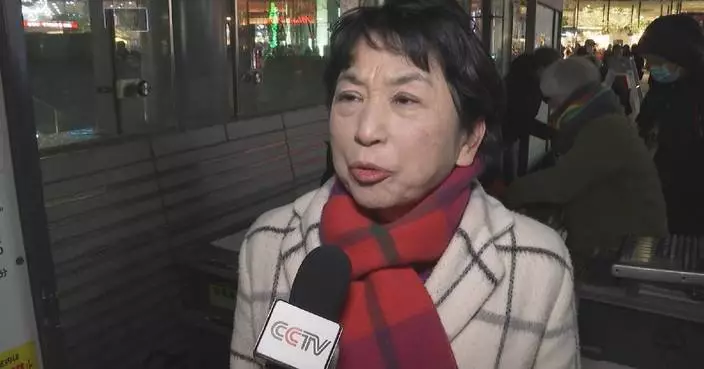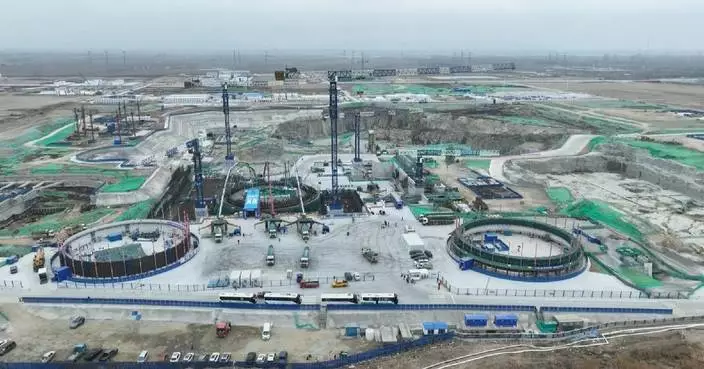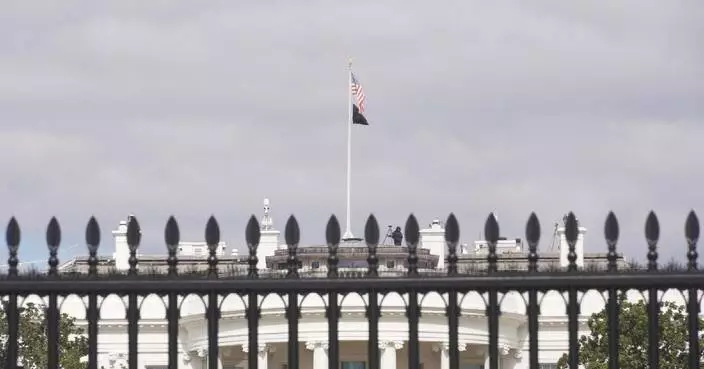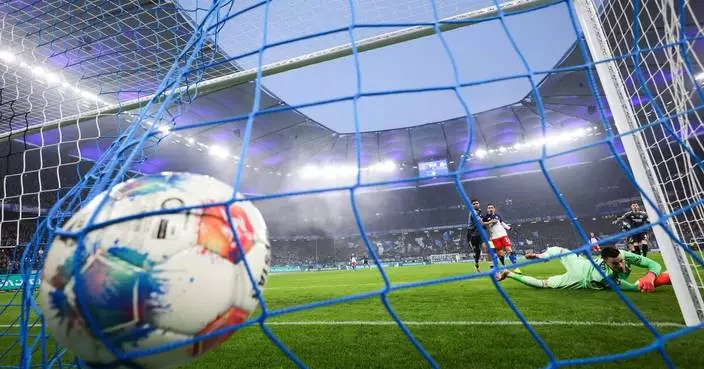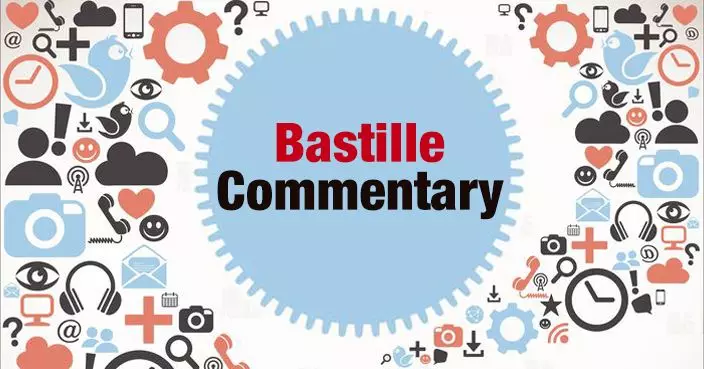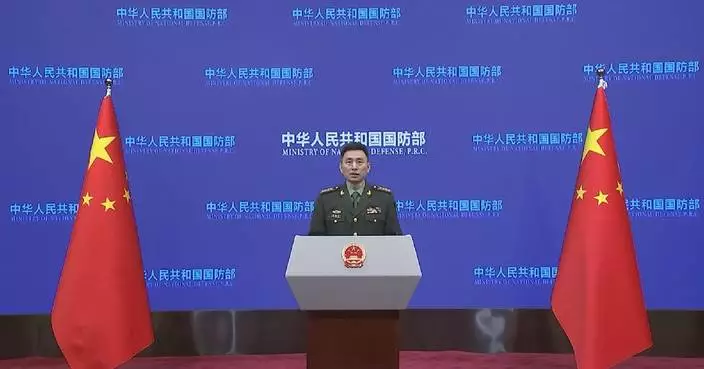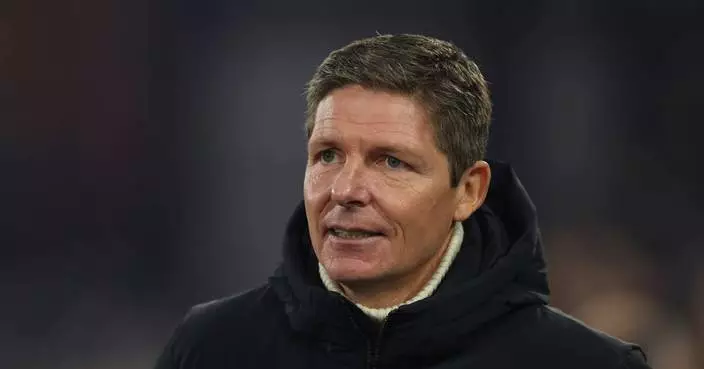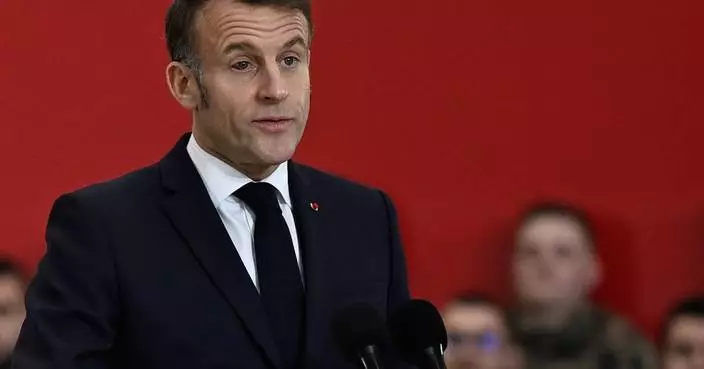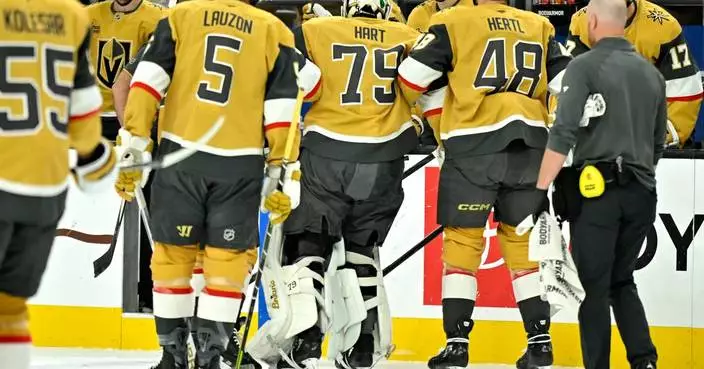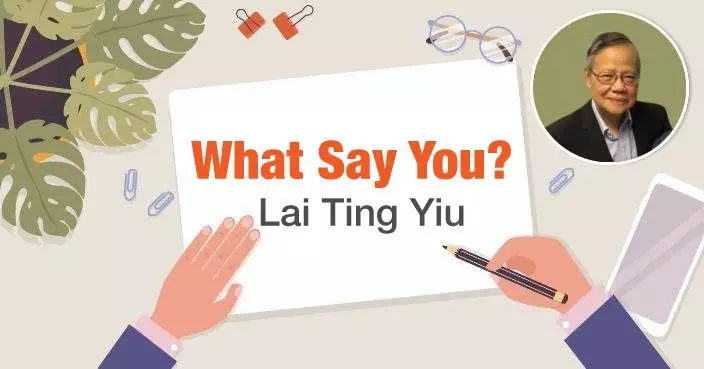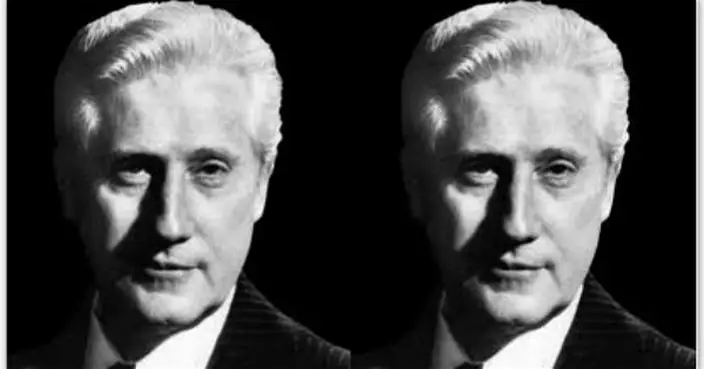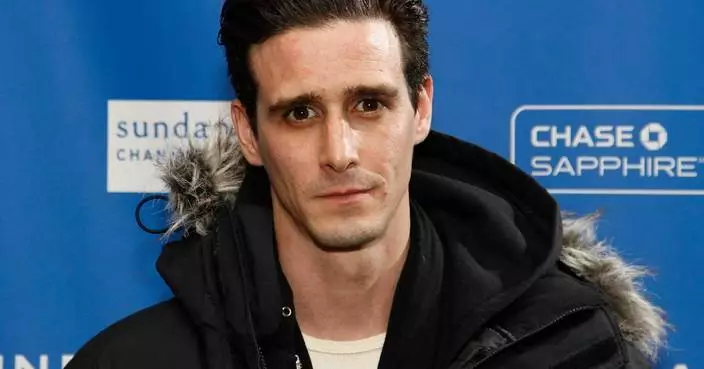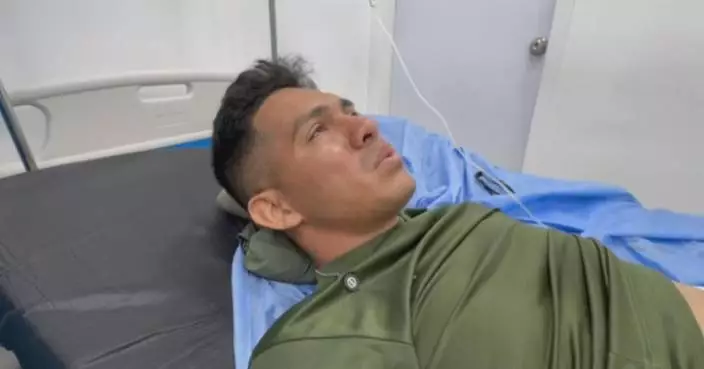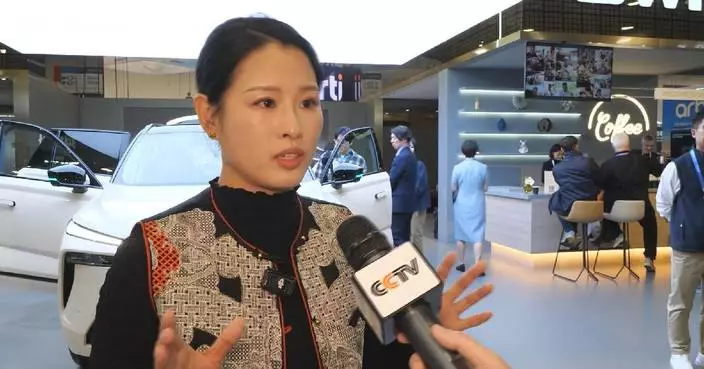Feature · News
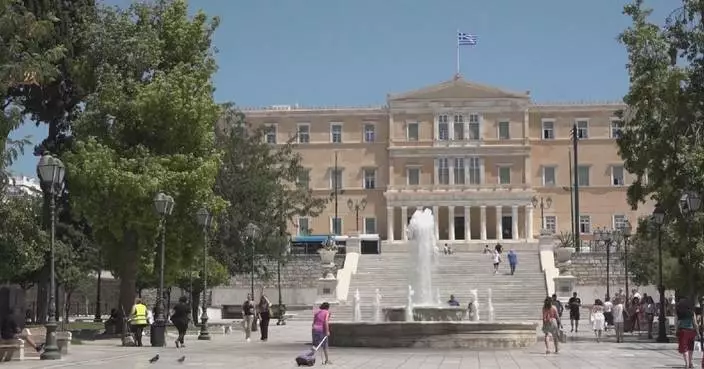
US statements on Greenland as equivalent to an act of war: Greek resident

Shenzhou-20 astronauts share experiences after safely returning from debris incident
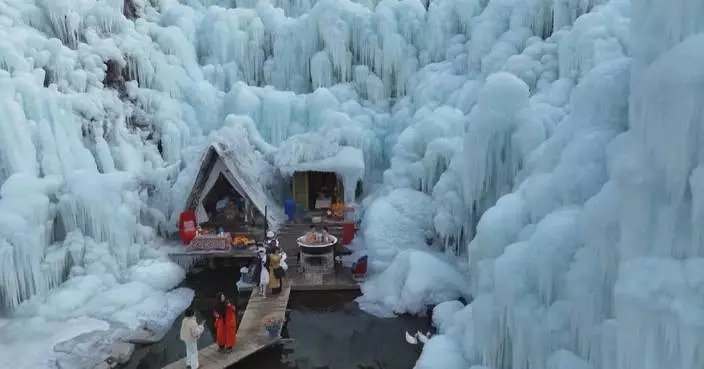
China's winter tourism blends ice landscapes with immersive experiences
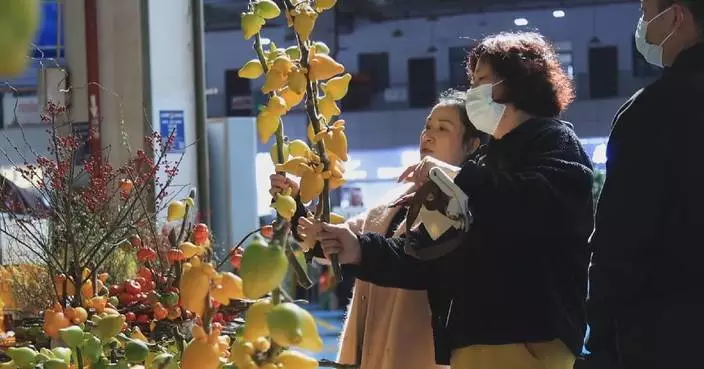
Flower markets bloom with sales ahead of Chinese New Year
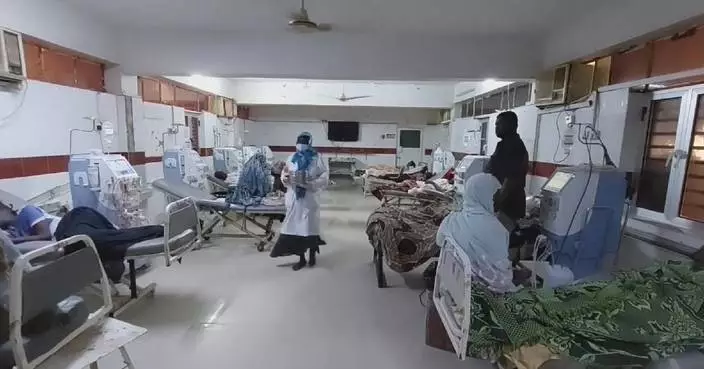
Contagious diseases spread fast in Sudan amid conflict
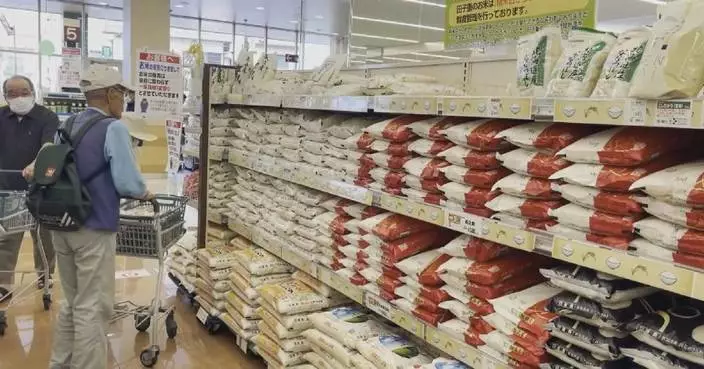
Soaring price, shifting policies deepen woes for Japanese rice farmers
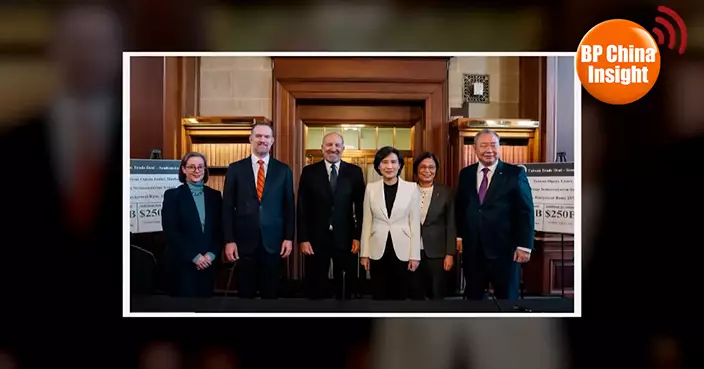
BP China Insight : Taiwan Celebrates While Being Robbed by America—Still Cheering After Losing Half of TSMC
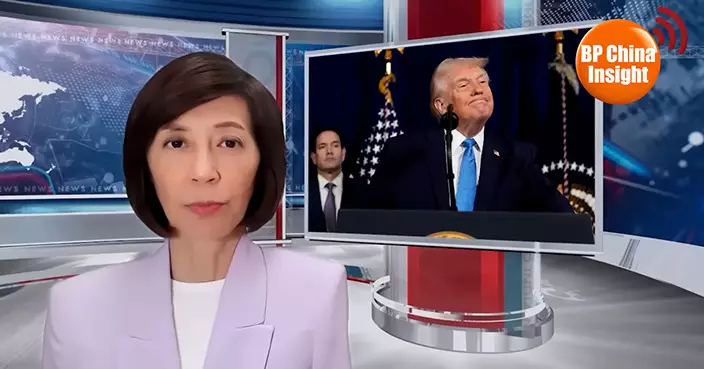
BP China Insight : 20% of Europeans Now View the U.S. as an “Enemy
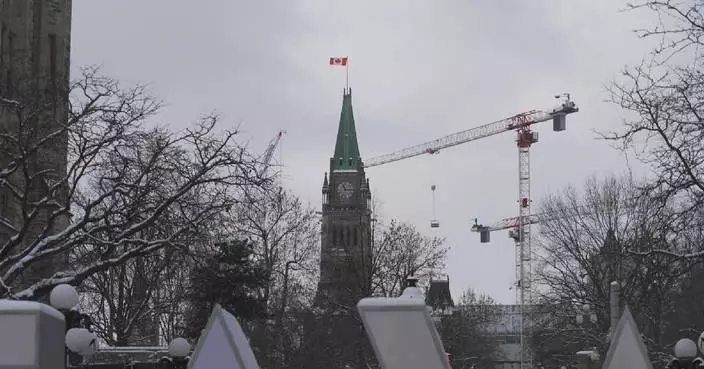
China, Canada sign economic and trade cooperation roadmap
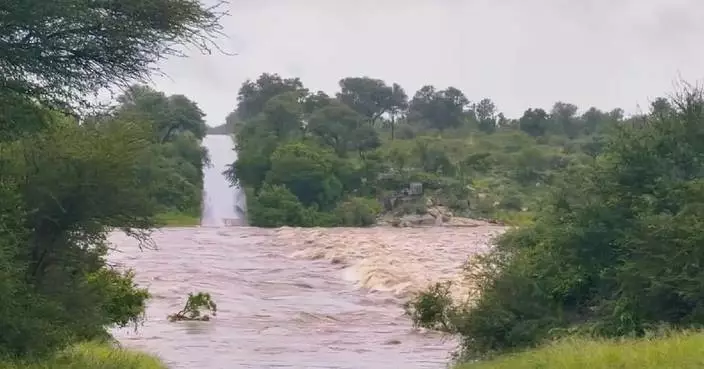
S Africa declares national disaster as flooding batters northern region
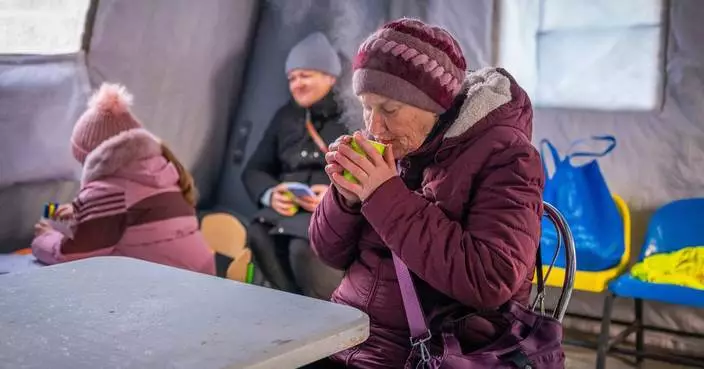
Photos show Ukrainians enduring a frigid winter after Russian strikes knocked out power

Phil Goyette, former NHL forward and Islanders' first coach, dies at 92
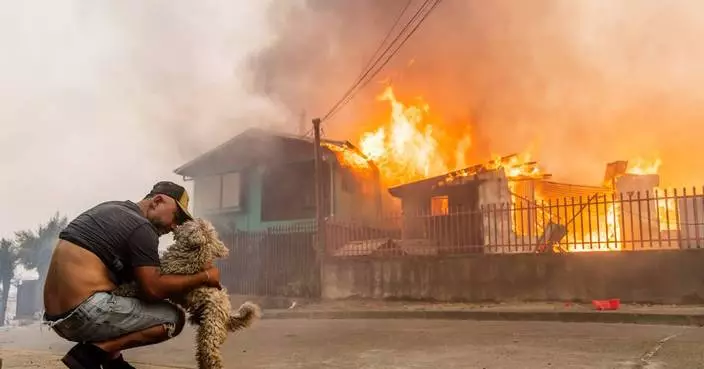
Wildfires race across Chile, leaving 18 dead and forcing thousands to flee
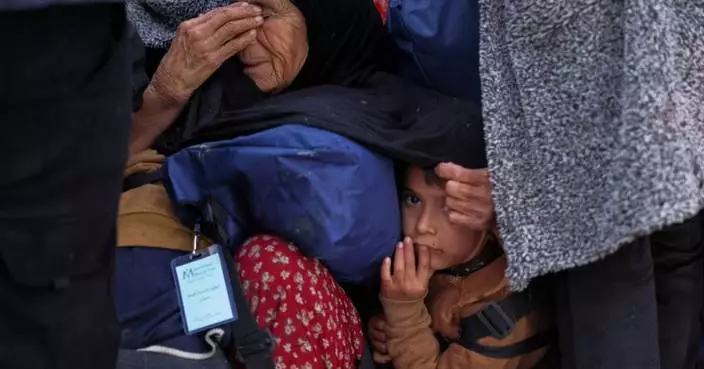
Photos show the aftermath of clashes between Syrian government forces and Kurdish fighters

Syrian government announces a ceasefire with the Kurdish-led Syrian Democratic Forces

Somali businesses struggle during the Minneapolis ICE crackdown

BP China Insight : Taiwan Celebrates While Being Robbed by America—Still Cheering After Losing Half of TSMC

BP China Insight : 20% of Europeans Now View the U.S. as an “Enemy
China, Canada sign economic and trade cooperation roadmap
S Africa declares national disaster as flooding batters northern region
US statements on Greenland as equivalent to an act of war: Greek resident
Shenzhou-20 astronauts share experiences after safely returning from debris incident
China's winter tourism blends ice landscapes with immersive experiences
Flower markets bloom with sales ahead of Chinese New Year
Contagious diseases spread fast in Sudan amid conflict
Soaring price, shifting policies deepen woes for Japanese rice farmers

Photos show Ukrainians enduring a frigid winter after Russian strikes knocked out power

Phil Goyette, former NHL forward and Islanders' first coach, dies at 92

Wildfires race across Chile, leaving 18 dead and forcing thousands to flee

Photos show the aftermath of clashes between Syrian government forces and Kurdish fighters

Syrian government announces a ceasefire with the Kurdish-led Syrian Democratic Forces

Somali businesses struggle during the Minneapolis ICE crackdown
Feature·Bloggers

【What Say You?】America's Passport Prestige Is Tanking—And It's No Accident
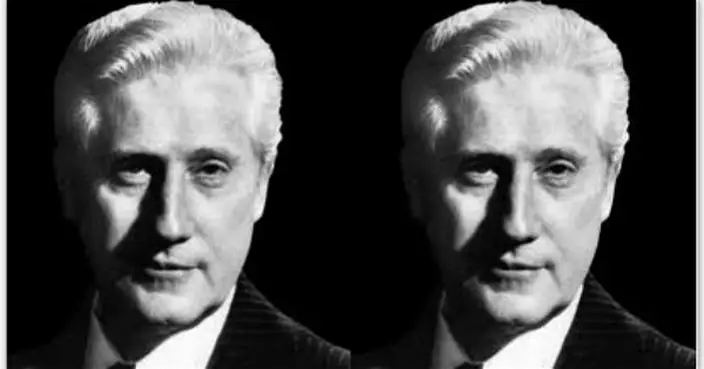
【Deep Throat】Trump's Latest Iran Tariff Bluff: China Sees Right Through It
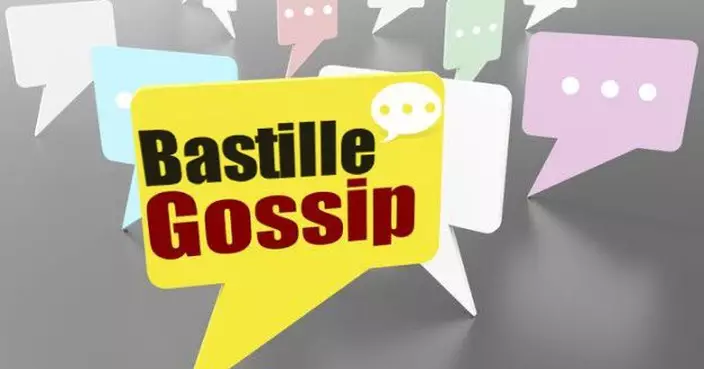
【Ariel】Jimmy Lai’s “Solitary” Twist: Judges Say He Asked For It
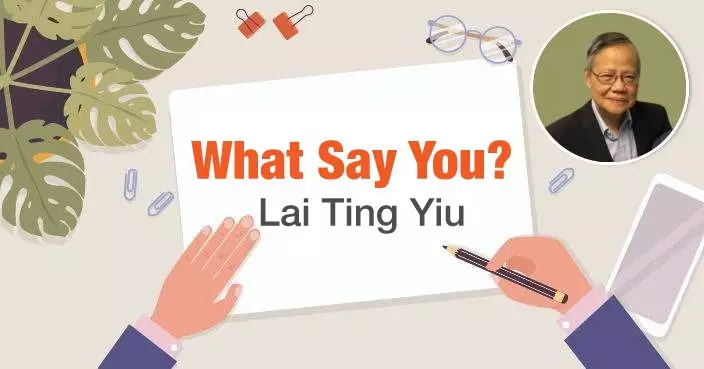
【What Say You?】Accomplice Witness Chen Zihao: Family Stalked, Fears Black Bloc Revenge After Release
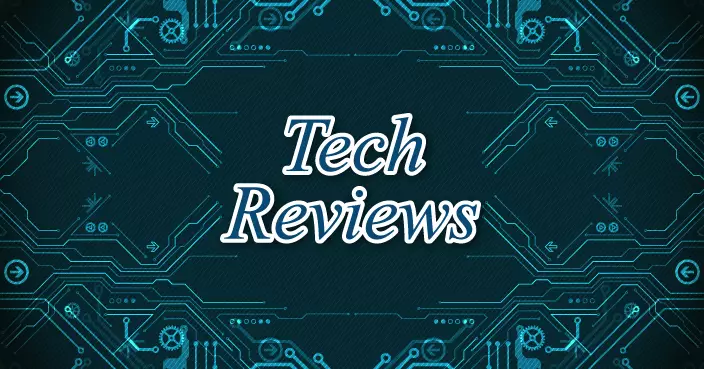
【Deep Blue】International Laws? You Kidding Me?
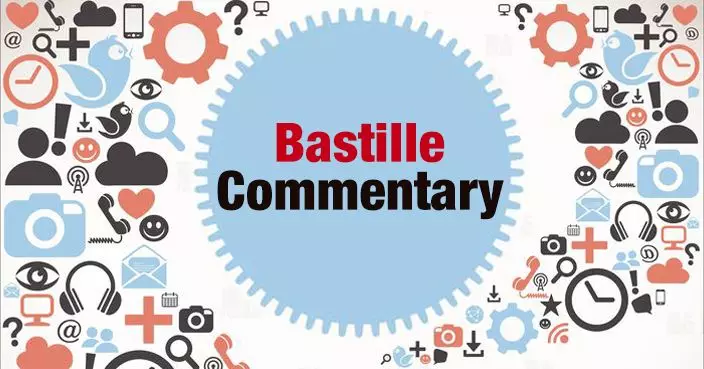
【Bastille Commentary】Chicken-hearted Conservatives: Sanctioning Hong Kong Judges While Trump Runs Wild

Death toll in Spanish train collision rises to at least 39 as rescue efforts continue
- Vietnam party meeting opens with leadership and economic growth on the line
- The UK Chooses Bridge Over Troubled Water as the Nation’s Favourite Song of Hope in Solidarity With Refugees
- Prodalim Expands SOLOS Capabilities with New Dealcoholization Site in Spain
- The top photos of the day by AP's photojournalists
- Inequality and unease are rising as elite Davos event opens with pro-business Trump set to attend
- Death toll in Karachi shopping plaza fire rises to 11 as search continues for about 60 missing
- Syngenta to Address Global Agricultural Challenges at WEF, Championing AI to Empower Farmers and Create Open Technology Access
- Chinese steel factory officials detained after explosion that leaves 2 dead, 8 missing
- The current US political climate is spurring a 'reclaim' and rallying on the MLK holiday
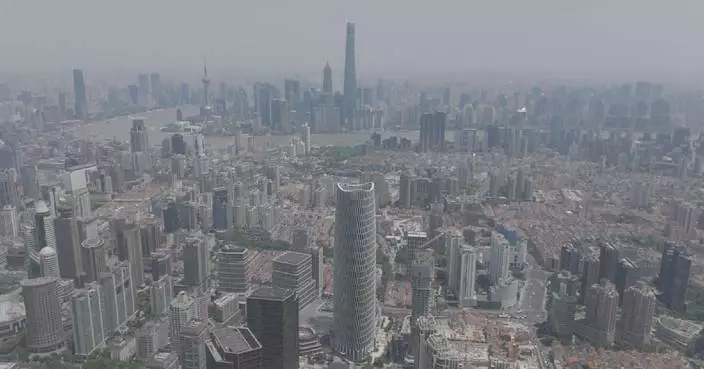
Shanghai sees increase in rental demand for commercial office space
- Iranian Foreign Ministry denounces U.S. interventionist policy for escalating tensions
- Int'l arrivals surge in Hainan following customs policy changes
- Gold, silver prices hit new record highs
- First structural rate cuts policy of 2026 takes effect
- Emergency response in place as cold wave sweeps across China
- List of members of Gaza Board of Peace criticized by Israel, Palestine
- Europe not to be blackmailed, Danish PM says after US tariff threats over Greenland
- Russia attacks Ukraine's energy infrastructure, Ukraine downs Russian tactical drones
- Train tickets for 2026 Spring Festival travel rush go on sale, with 539 mln trips expected
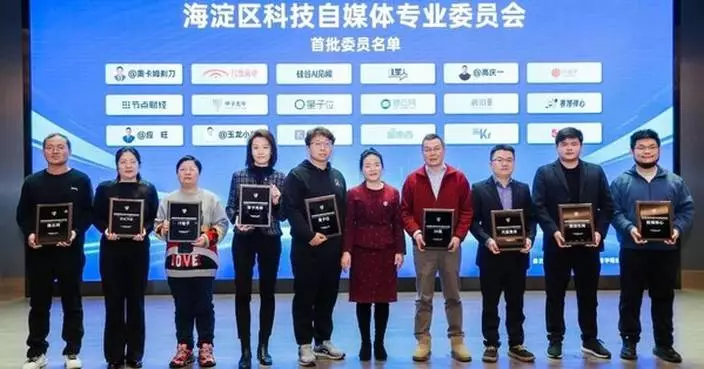
New Milestone Unlocked: Frontiers Online Becomes a Founding Member of the Haidian Technology Self-Media Committee and a Council Member of the Network Influencers Association, Officially Joining the Core Communication Ecosystem
- Mouser Electronics New Product Insider: Over 40,000 New Parts Added in 2025
- The Green Heart of Toorak Park: How a Pavilion is Revitalizing Community Energy?
- When Cinema Goes Live: Netflix Storytelling Brought to Life by IDZ, Joyca, and TVU Networks
- Sharpa Aims to "Manufacture Time" via Its CraftNet VTLA Model, and Stuns CES 2026 with Live Autonomous Demos for Fine Manipulation
- METABORA GAMES Partners with NEOSTELLAGAMES to Launch Global Title "Magic Squad"
- GCL SI Delivers Marine Floating Solar Solution in the Maldives, Enabling Island Energy Transition
- IBM Study: AI Poised to Drive Smarter Business Growth Through 2030
- Dewan Architects + Engineers: Global Experience, Local Understanding
- Happy Starts in Cebu: Cebu Pacific Partners with Philippine Tourism, Cebu Hotels and Resorts for Exclusive Travel Deals

What to Stream: 'The Smashing Machine,' Louis Tomlinson, 'The Beauty' and Bruce Springsteen biopic
- Social media addiction's surprising challenger? Anti-doomscrolling influencers
- Elephant seals return to Año Nuevo State Park. Visitors watch battling bulls and 75-pound pups
- NASA's new moon rocket moves to the pad ahead of astronaut launch as early as February
- How abortion coverage threatens to prevent a congressional deal on health care subsidies
- Mother of Elon Musk's child sues his AI company over sexual deepfake images created by Grok
- Chinese EVs are making inroads in North America. That worries industry experts
- ChatGPT's free ride is ending: Here's what OpenAI plans for advertising on the chatbot
- US flu activity fell for a second week. But experts worry the season is far from over
- Tesla granted more time in US investigation into its self-driving tech

Prince Harry returns to court in battle with British tabloids
- '60 Minutes' airs report on Trump deportations that was suddenly pulled a month ago
- Green Day to open 60th Super Bowl with anniversary ceremony celebrating generations of MVPs
- Thousands of fans celebrate life of legendary Grateful Dead guitarist Bob Weir in San Francisco
- Photos of horses leaping through flames in centuries-old Spanish tradition
- Colman Domingo, Liam Hemsworth and Noah Schnapp pack Ralph Lauren's Milan Fashion Week show
- Julio Iglesias denies sexual abuse allegations, calling them 'absolutely untrue'
- Kathleen Kennedy, steward of 'Star Wars,' steps down from Lucasfilm
- Former Universal chair David Linde named CEO of Sundance Institute
- The new BTS album title and what to know about the K-pop band’s comeback

Coco Gauff advances to second round at Australian Open despite serving struggles
- Canada's Stakusic leaves court in a wheelchair as Australian Open warms up
- Deandre Ayton makes Lakers history while making 10 shots without a miss in win over Toronto
- Caleb Williams' 'ridiculous' TD pass draws raves from his coach and teammates after Bears' loss
- Rams shake off wild, late TD pass by Caleb Williams, beat Bears 20-17 in OT to reach NFC title game
- Luka, LeBron get the Lakers back into form in a 110-93 victory over the Raptors
- Deni Avdija scores 26 points in return from back injury, Trail Blazers beat Kings 117-110
- Hyman, Ingram lead Oilers to 5-0 win over Blues
- Chris Gotterup opens PGA Tour season by winning Sony Open for his 3rd straight year with a title
- Durant moves past his 'idol,' Dirk Nowitzki, into 6th place on the NBA's career scoring list

HKU Chemists Pioneer ATAC-Targeting Inhibitor for Lung Cancer Breakthrough
- KMB Route 71K Resumes Stops for Tai Po Residents Starting January 20
- Immigration Department Repatriates 113 Illegal Immigrants in Seven-Day Operation Shield
- CSB to Showcase Civil Service Careers at Education & Careers Expo 2026 in Hong Kong
- Government Removes 11 Illegal Graves in Joint Operation Across Multiple Burial Grounds
- Ocean Empire Fined $66,000 for Wage Violations Under Employment Ordinance
- Free Inclusive Dance Performance Promotes Harmony at Hong Kong Cultural Centre This Sunday
- Owner Fined $92,140 for Ignoring Building Removal Order in Tuen Mun Court
- Hong Kong Marathon 2026: Zoom in on the Outstanding Runners
- Hong Kong Marathon 2026 Starts Today, Attracting 74,000 Runners from Home and Abroad
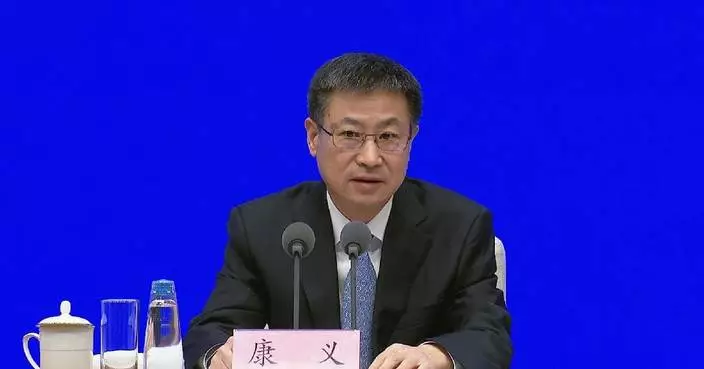
China's fixed-asset investment down 3.8 pct in 2025
- China's industrial output up 5.9 pct in 2025
- China's retail sales up 3.7 pct in 2025
- China's 2025 CPI stays flat compared to previous year
- China's GDP grows 5 pct in 2025, hitting annual target
- Cross-Strait exchanges, cooperation go on despite DPP obstructions
- Jordan, Qatar urge Gaza ceasefire implementation, call on Israel to halt regional military actions
- China's Hainan sees smooth start to special customs operations
- Japanese lawmaker condemns Takaichi's remarks on nuclear weapons
- 8 European countries issue joint statement of "full solidarity" with Denmark over Greenland
Category · News

Death toll in Spanish train collision rises to at least 39 as rescue efforts continue

Shanghai sees increase in rental demand for commercial office space

Vietnam party meeting opens with leadership and economic growth on the line

Coco Gauff advances to second round at Australian Open despite serving struggles
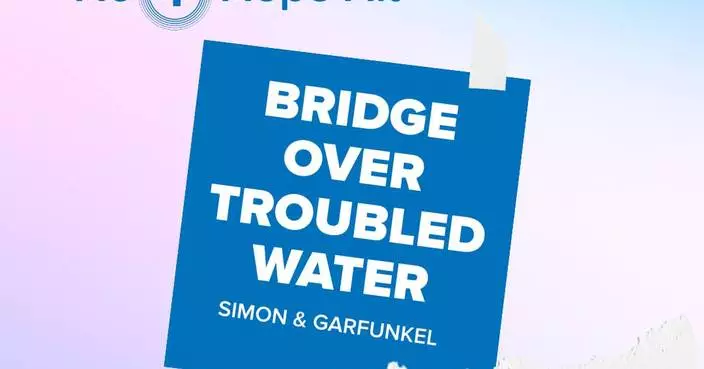
The UK Chooses Bridge Over Troubled Water as the Nation’s Favourite Song of Hope in Solidarity With Refugees

New Milestone Unlocked: Frontiers Online Becomes a Founding Member of the Haidian Technology Self-Media Committee and a Council Member of the Network Influencers Association, Officially Joining the Core Communication Ecosystem

HKU Chemists Pioneer ATAC-Targeting Inhibitor for Lung Cancer Breakthrough
Iranian Foreign Ministry denounces U.S. interventionist policy for escalating tensions
Int'l arrivals surge in Hainan following customs policy changes

Mouser Electronics New Product Insider: Over 40,000 New Parts Added in 2025
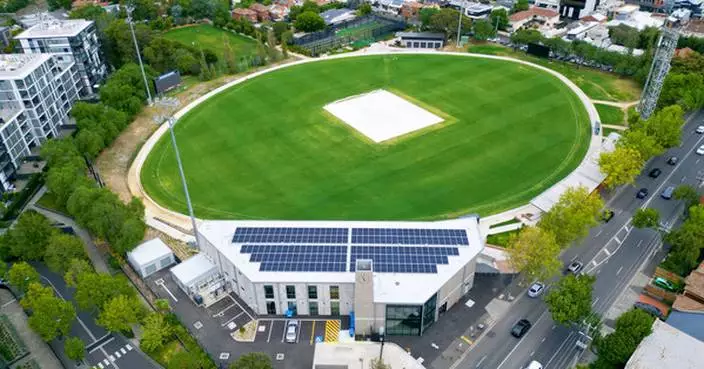
The Green Heart of Toorak Park: How a Pavilion is Revitalizing Community Energy?

Prodalim Expands SOLOS Capabilities with New Dealcoholization Site in Spain
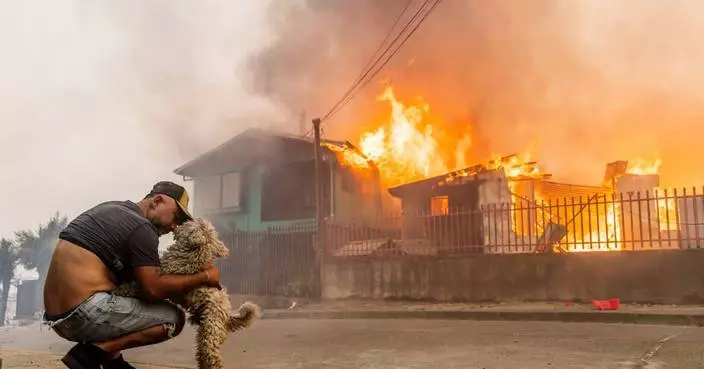
The top photos of the day by AP's photojournalists
Gold, silver prices hit new record highs

When Cinema Goes Live: Netflix Storytelling Brought to Life by IDZ, Joyca, and TVU Networks
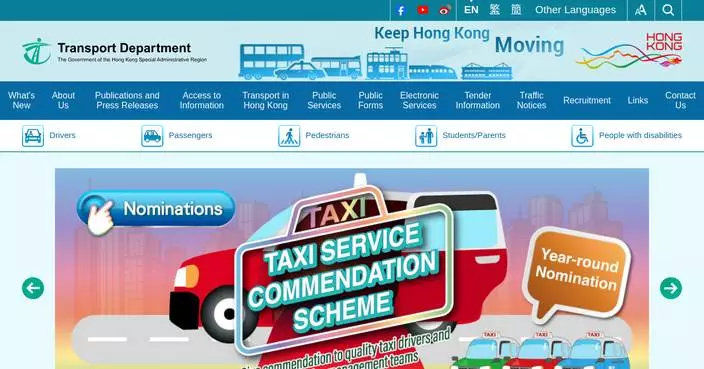
KMB Route 71K Resumes Stops for Tai Po Residents Starting January 20
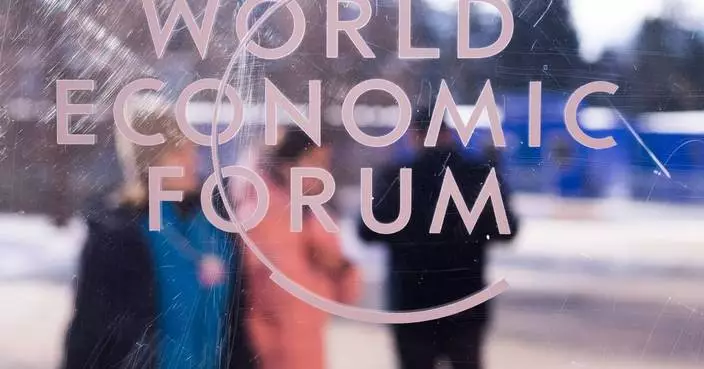
Inequality and unease are rising as elite Davos event opens with pro-business Trump set to attend
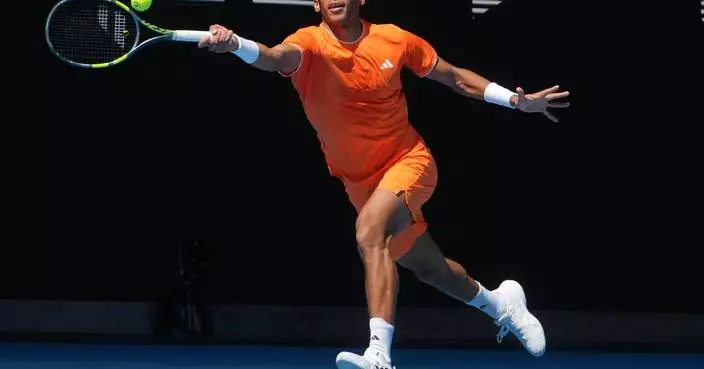
Canada's Stakusic leaves court in a wheelchair as Australian Open warms up
First structural rate cuts policy of 2026 takes effect
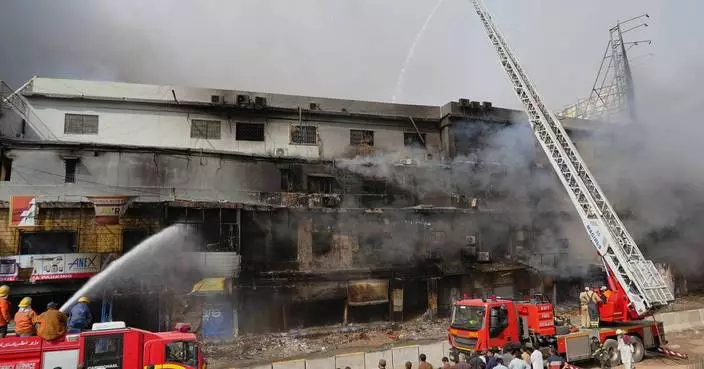
Death toll in Karachi shopping plaza fire rises to 11 as search continues for about 60 missing

Sharpa Aims to "Manufacture Time" via Its CraftNet VTLA Model, and Stuns CES 2026 with Live Autonomous Demos for Fine Manipulation

Immigration Department Repatriates 113 Illegal Immigrants in Seven-Day Operation Shield
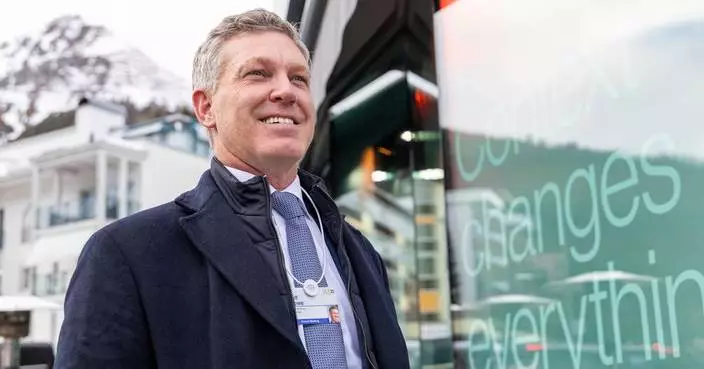
Syngenta to Address Global Agricultural Challenges at WEF, Championing AI to Empower Farmers and Create Open Technology Access

METABORA GAMES Partners with NEOSTELLAGAMES to Launch Global Title "Magic Squad"

CSB to Showcase Civil Service Careers at Education & Careers Expo 2026 in Hong Kong
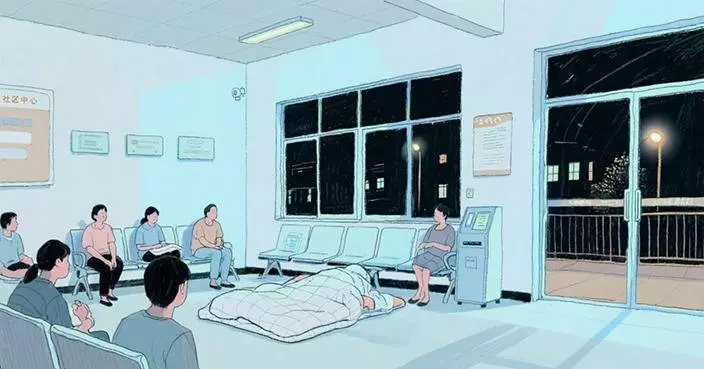
Government Removes 11 Illegal Graves in Joint Operation Across Multiple Burial Grounds
Emergency response in place as cold wave sweeps across China
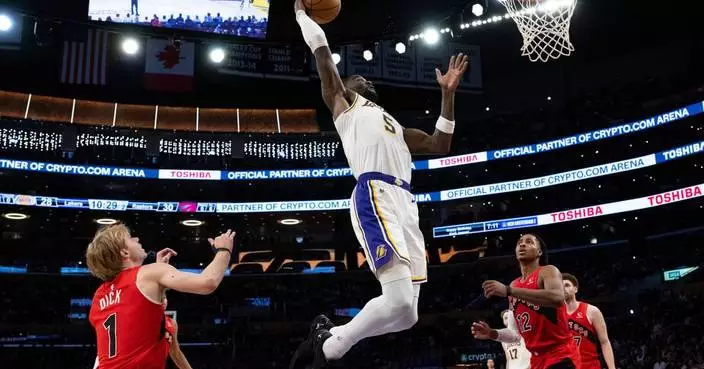
Deandre Ayton makes Lakers history while making 10 shots without a miss in win over Toronto
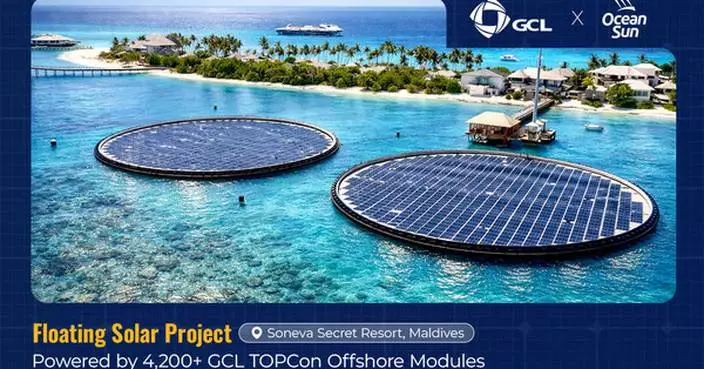
GCL SI Delivers Marine Floating Solar Solution in the Maldives, Enabling Island Energy Transition
List of members of Gaza Board of Peace criticized by Israel, Palestine
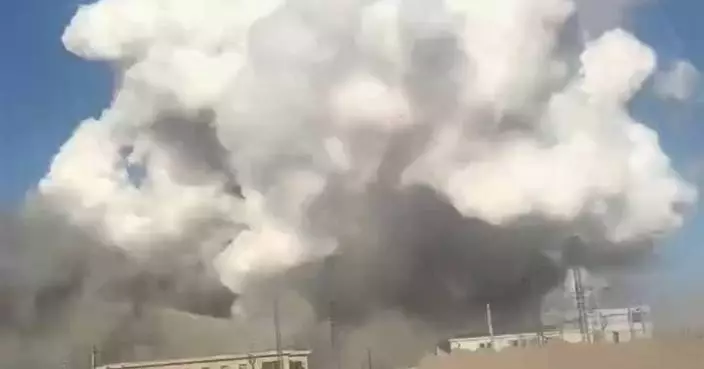
Chinese steel factory officials detained after explosion that leaves 2 dead, 8 missing

Caleb Williams' 'ridiculous' TD pass draws raves from his coach and teammates after Bears' loss
Europe not to be blackmailed, Danish PM says after US tariff threats over Greenland

Rams shake off wild, late TD pass by Caleb Williams, beat Bears 20-17 in OT to reach NFC title game
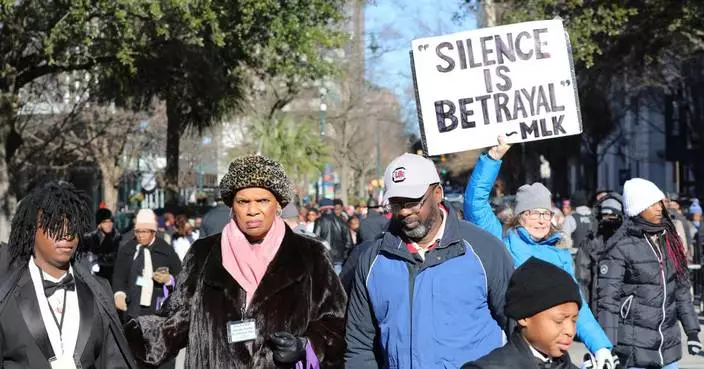
The current US political climate is spurring a 'reclaim' and rallying on the MLK holiday

Prince Harry returns to court in battle with British tabloids

What to Stream: 'The Smashing Machine,' Louis Tomlinson, 'The Beauty' and Bruce Springsteen biopic

IBM Study: AI Poised to Drive Smarter Business Growth Through 2030

Oshkosh Defense to Showcase Combat-Proven JLTV at International Armoured Vehicles Conference
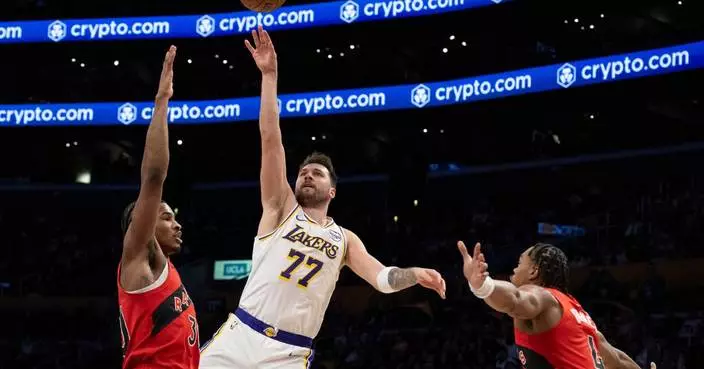
Luka, LeBron get the Lakers back into form in a 110-93 victory over the Raptors

Deni Avdija scores 26 points in return from back injury, Trail Blazers beat Kings 117-110

Europe warns of 'dangerous downward spiral' after Trump threatens tariffs over Greenland
Russia attacks Ukraine's energy infrastructure, Ukraine downs Russian tactical drones

Hyman, Ingram lead Oilers to 5-0 win over Blues

Ocean Empire Fined $66,000 for Wage Violations Under Employment Ordinance
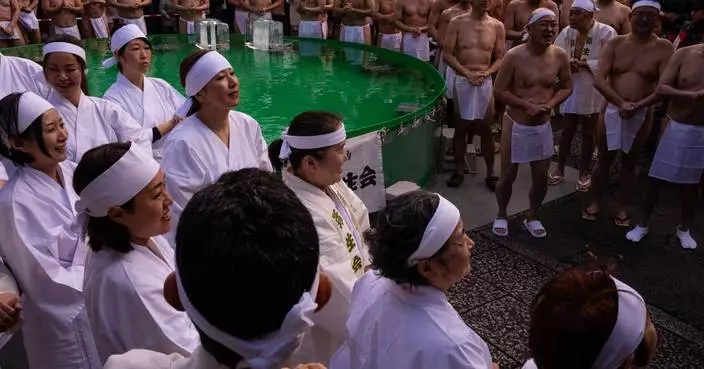
Braving the cold: Japan's New Year's rituals, in photos
Train tickets for 2026 Spring Festival travel rush go on sale, with 539 mln trips expected

Chris Gotterup opens PGA Tour season by winning Sony Open for his 3rd straight year with a title
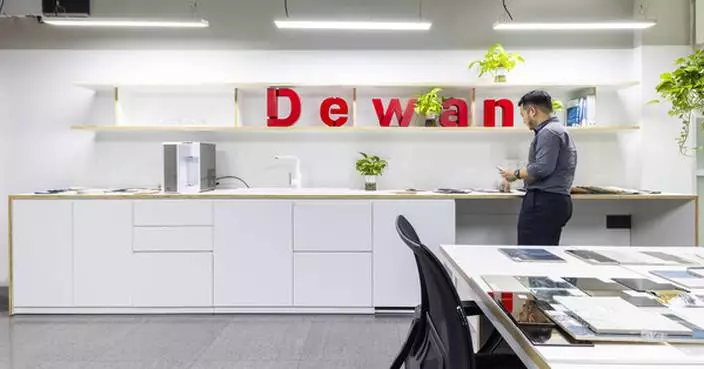
Dewan Architects + Engineers: Global Experience, Local Understanding

Durant moves past his 'idol,' Dirk Nowitzki, into 6th place on the NBA's career scoring list
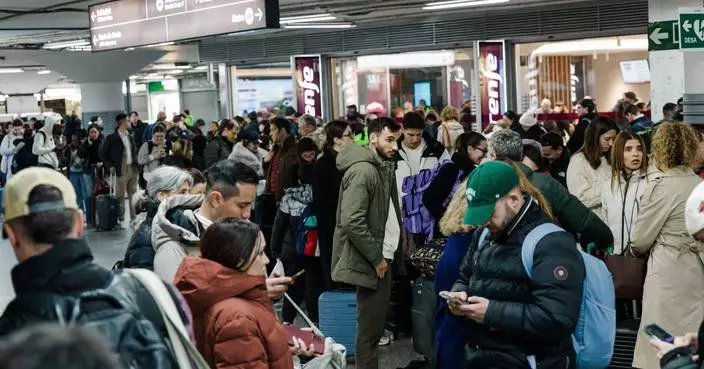
High-speed trains collide after one derails in southern Spain, killing at least 21
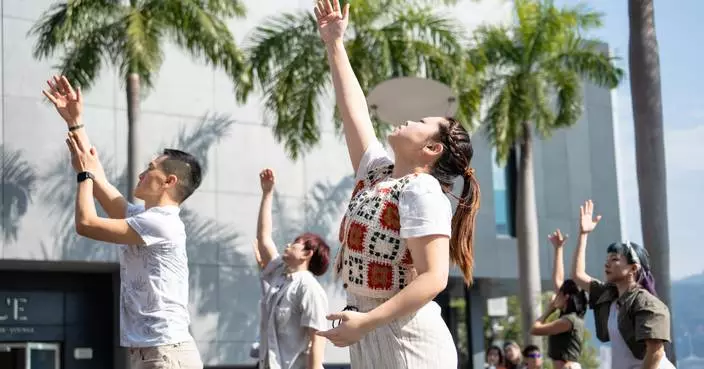
Free Inclusive Dance Performance Promotes Harmony at Hong Kong Cultural Centre This Sunday

Patriots will face Broncos in the AFC title game. Seahawks will host Rams in the NFC
Iran's president warns strikes on Khamenei would lead to "all-out war"

Brandon Miller scores 23 to lead Hornets over injury-depleted Nuggets 110-87

Sadio Mané called his team back for Senegal's win over host Morocco in chaotic Africa Cup final

Senegal erupts in joy after dramatic win to take the Africa Cup of Nations
China's fixed-asset investment down 3.8 pct in 2025
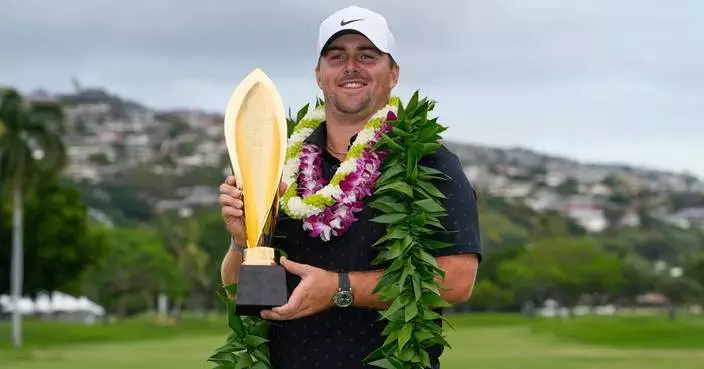
Gotterup wins PGA Tour opener in Hawaii. Elvira takes Dubai Invitational
China's Shenzhou-20 return capsule touches down on Earth
China's industrial output up 5.9 pct in 2025
China's retail sales up 3.7 pct in 2025

Happy Starts in Cebu: Cebu Pacific Partners with Philippine Tourism, Cebu Hotels and Resorts for Exclusive Travel Deals
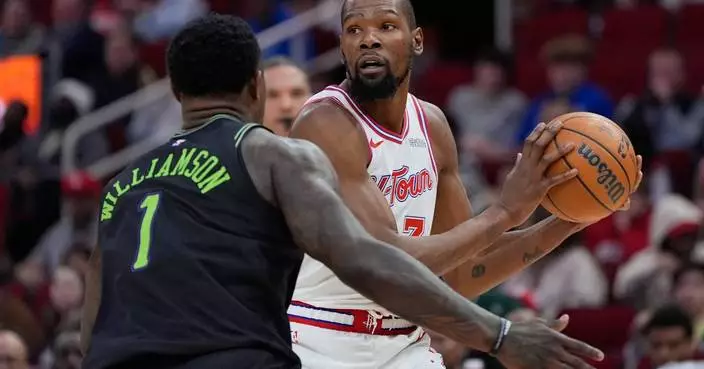
Durant passes Nowitzki for 6th place on NBA career scoring list as Rockets beat Pelicans 119-110

Owner Fined $92,140 for Ignoring Building Removal Order in Tuen Mun Court
China's 2025 CPI stays flat compared to previous year
China's GDP grows 5 pct in 2025, hitting annual target
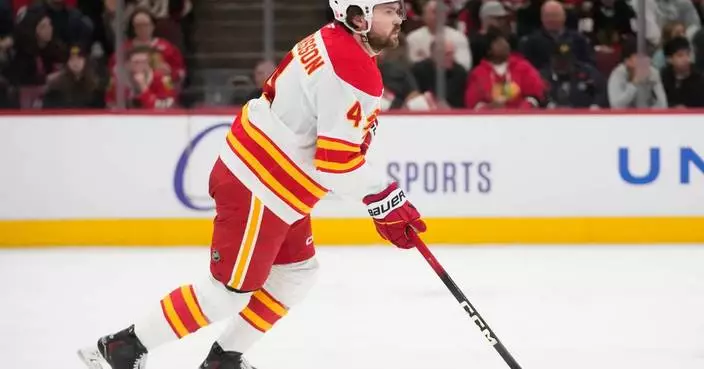
Golden Knights acquire Andersson in trade sending Whitecloud to Flames

Bulls beat Nets 124-102 to split home-and-home set

Photos of daily life in Greenland as Trump pushes to take it over

NFL again faces questions about the definition of a catch after disputed pick in Bills-Broncos game

Sphere Entertainment, the State of Maryland, Prince George’s County, and Peterson Companies Announce Intent to Develop a Sphere at National Harbor
Cross-Strait exchanges, cooperation go on despite DPP obstructions

Agoda reveals: Sapa, Vietnam is Asia's top emerging destination
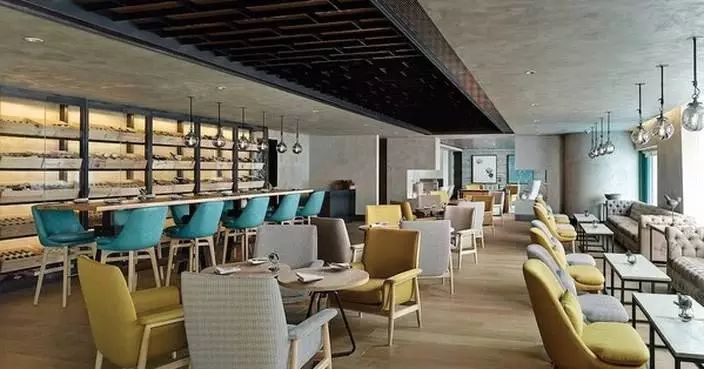
Hong Kong Banquet Market Shifts Toward Smaller-Scale Events, Runhotel.hk Data Shows

C.J. Stroud's 4 interceptions dig a hole the Texans' defense can't get out of in loss to Patriots

'60 Minutes' airs report on Trump deportations that was suddenly pulled a month ago

Ravens interview 49ers' Robert Saleh and Bills' Joe Brady for their coaching vacancy

College football leaders debate playoff expansion ahead of Friday deadline from ESPN
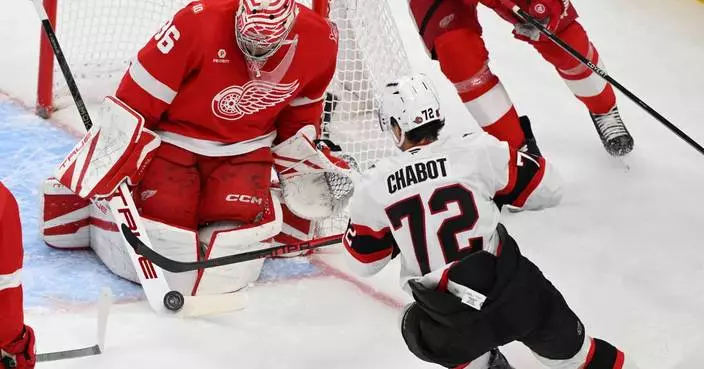
Alex DeBrincat scores in OT to give Red Wings 4-3 win over Senators
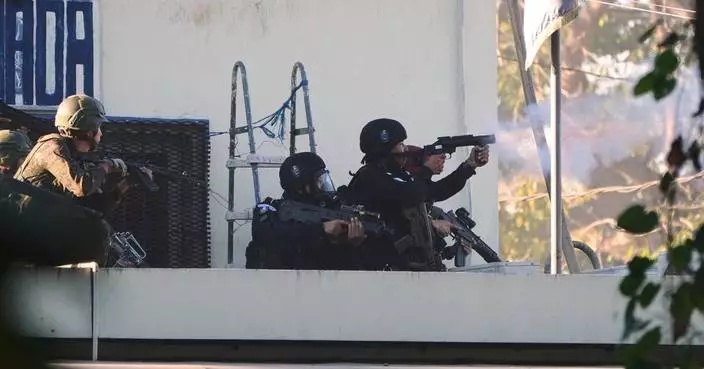
Guatemala declares state of siege after gang violence kills 7 police officers

Maye throws 3 TD passes, Stroud has 4 INTs as Patriots top Texans 28-16 to advance to AFC title game
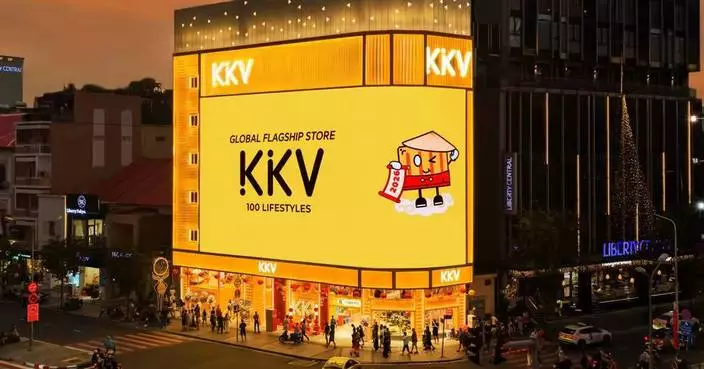
KKV Opens Its Second Global Flagship Store in Ho Chi Minh City
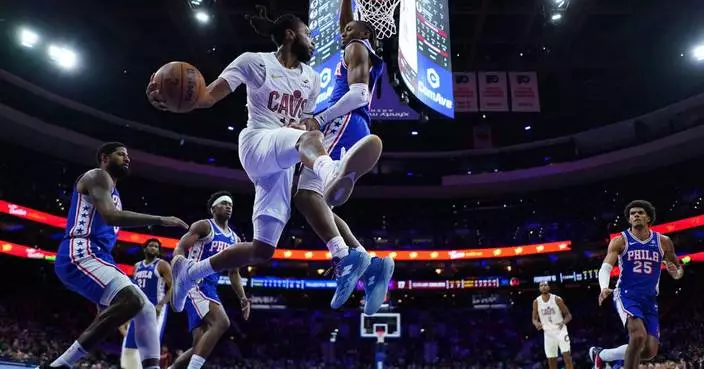
Cavaliers' Darius Garland out at least a week with sprained toe


